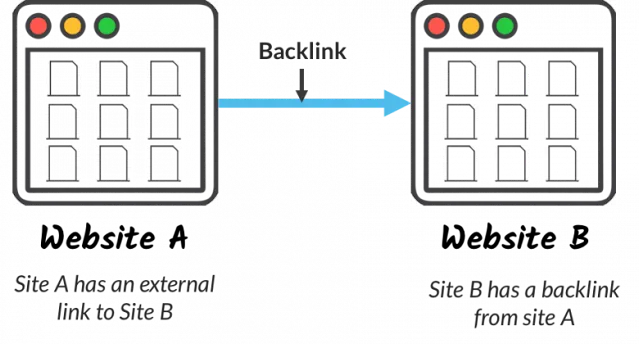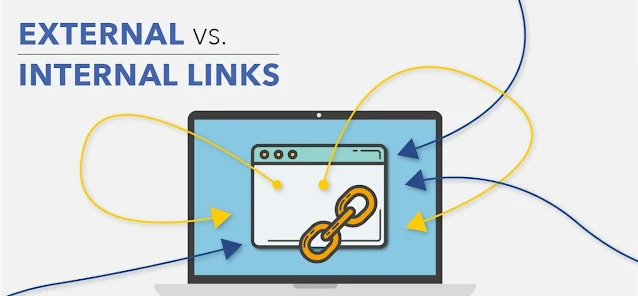Learn Digital Marketing Online - Latest Google SEO Updates and Algorithm Changes, SEO (Search Engine Optimization), SMO (Social Media Optimization), SEM (Search Engine Marketing), SMM (Social Media Marketing) Strategies. Useful SEO Techniques and Trendy Tactics to Improve Website Performance in Major Search Engines. Get latest Google Certification Exam Answers ✅✅✅, Google Ads Certification, Upwork Skill Test Answers, Google Academy of Ads Certification Exam Answers of 2022 absolutely Free.
Monday, March 13, 2023
What is trust flow and citation flow in SEO?
In SEO, TF and CF refer to two different metrics used to evaluate the quality and authority of a website or webpage.
TF stands for "Trust Flow," which is a metric developed by Majestic SEO. It measures the quality of the links pointing to a website or webpage, taking into account the authority of the linking domains. The more high-quality and trustworthy links a website or webpage has pointing to it, the higher its Trust Flow score will be.
CF stands for "Citation Flow," which is another metric developed by Majestic SEO. It measures the quantity of the links pointing to a website or webpage, regardless of their quality or authority. The more links a website or webpage has pointing to it, the higher its Citation Flow score will be.
In general, a high TF and CF score indicates that a website or webpage is likely to be authoritative and trustworthy. However, it's important to note that these metrics are just one aspect of SEO, and should not be relied upon solely to evaluate the quality of a website or webpage. Other factors, such as content quality, user experience, and technical SEO, also play a critical role in SEO success.
Tuesday, March 07, 2023
The Difference Between External and Internal Links
External links are hyperlinks that point to pages on other websites. When you click on an external link, you leave the current website and are directed to a different website. For example, if you are reading an article on one website and you click on a link to a related article on a different website, that link is an external link.
Internal links, on the other hand, are hyperlinks that point to pages within the same website. When you click on an internal link, you stay within the same website but are directed to a different page on that website. For example, if you are reading an article on a website and you click on a link to a related article on the same website, that link is an internal link.
Internal links are important for website navigation and can help users find relevant content on the same website. External links can provide additional context or resources for users and can also help improve the website's search engine rankings by indicating to search engines that the website is connected to other relevant and trustworthy websites.
Friday, March 03, 2023
What are backlinks and backlink types?

Backlinks are links from one website to another website. They are also known as inbound links, incoming links, or simply links. Backlinks are important for search engine optimization (SEO) because they signal to search engines that other websites consider your content to be valuable and worth linking to.
There are several types of backlinks, including:
Natural backlinks: These are links that other websites give you voluntarily because they think your content is valuable or useful.
Natural backlinks: These are links that other websites give you voluntarily because they think your content is valuable or useful.
Manual backlinks: These are links that you create yourself, such as by commenting on blog posts or forum threads, submitting your website to directories, or exchanging links with other websites.
Editorial backlinks: These are links that you earn because another website has found your content to be valuable and has linked to it without any request or incentive from you.
Contextual backlinks: These are links that are embedded within the content of a webpage, rather than in a separate section like a sidebar or footer.
Do-follow backlinks: These are links that pass on link juice, which is the value or authority that search engines associate with a website. These links are considered valuable for SEO.
No-follow backlinks: These are links that do not pass on link juice, and are typically used for links that are paid or are considered to be of lower quality.
It's important to note that while backlinks can be valuable for SEO, not all backlinks are created equal. High-quality backlinks from authoritative websites are typically more valuable than low-quality backlinks from spammy or irrelevant websites.
Additionally, it's important to focus on creating valuable content that naturally attracts backlinks, rather than relying solely on manual or paid backlink strategies.
Subscribe to:
Comments (Atom)

